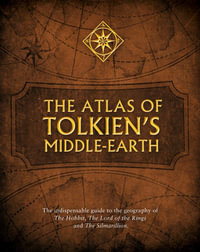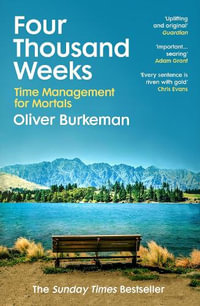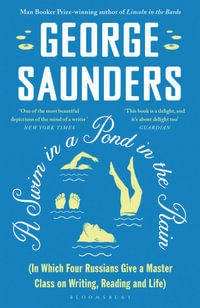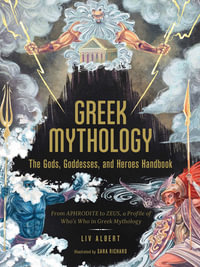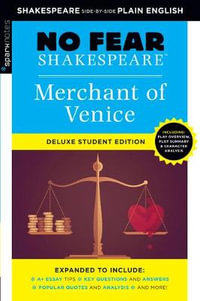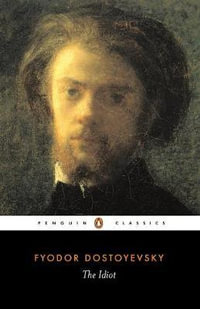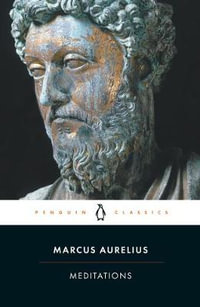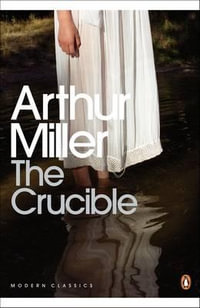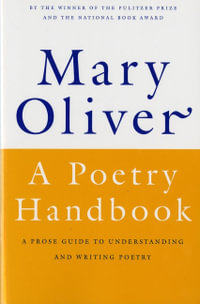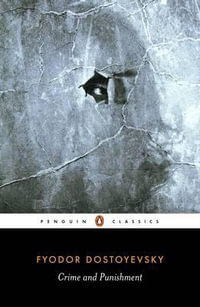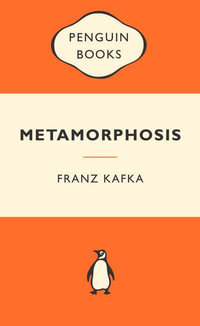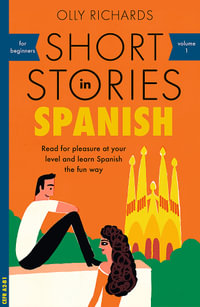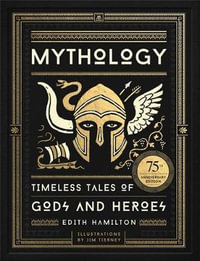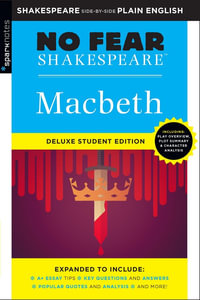Using empirical research to explore medieval writers' imaginings of time, this study presents a new morphology by which to study narratives of time in fifteenth-century literary culture, focusing on poems of John Lydgate and Thomas Hoccleve. Karen Smyth begins with an overview of medieval time-keeping devices and considers collective and individual attitudes and perceptions of time. She then examines a range of Middle English authors' appropriations and innovations in relation to such perceptions, identifying competitions of tradition and innovation, allowing for an interrogation of commonly accepted medieval theories of time. An empirically based morphology emerges and is used to examine narratives of time in Lydgate and Hoccleve's work. Through a series of close readings of selected short poems and Lydgate's Troy Book, Fall of Princes, and Siege of Thebes and of Hoccleve's Regiments of Princes and Series, Karen Smyth looks at expressions of time and examples of the authors' negotiation of time consciousness, illustrating how both poets manipulate a range of cultural narratives of time in order to create multiple and sometimes competing temporalities within a single poem. Smyth simultaneously draws attention to Lydgate's and Hoccleve's underestimated artistic skills and lays out a means to re-evaluate medieval cultural attitudes towards time.
Industry Reviews
Shortlisted for the European Society for the Study of English Book Award 2012 in the Literatures in the English Language, Junior Scholars category 'I recommend this book for its numerous strengths... [Smyth's] theoretical sections are among the most comprehensive and innovative treatments of time as a cultural construct that I have read. I recommend this book to all those interested in the subject of time. I believe that Smyth's book represents a valuable contribution to a fascinating novel, and important field.' Comitatus '... a well-researched literary analysis with significant contributions to our understanding of the medieval-modern transition, especially the conceptual groundwork for understanding time (both scientifically and not) that was constructed during this important threshold period.' British Society for Literature and Science




